Sport
Dollar
42,8044
0.17 %Euro
50,1756
-0.07 %Gram Gold
5.971,4000
-0.01 %Quarter Gold
9.864,6900
0 %Silver
92,4900
-0.03 %More than 130 cardinals from across the world have gathered in the Vatican to begin the process of electing a new pontiff following the death of Pope Francis.
Catholic cardinals have gathered in the Vatican for the secretive process of choosing a new head for the world's 1.4 billion Catholics, following the death last month of Pope Francis.
Francis ran the Church for 12 years and appointed 80 percent of the cardinal electors.
What is the conclave?
The 133 "Princes of the Church", as cardinals are also known, began meeting on Wednesday afternoon to elect from among their number a successor to Pope Francis.
All cardinals are invited, not just those under 80 who are eligible to vote in conclave. The meetings could continue for days, weeks or even months. Nobody campaigns.
How is voting done?
The election is held at the Sistine Chapel which will have been swept for secret recording devices.
Cardinal electors are given rectangular ballots inscribed at the top with the words "Eligo in Summum Pontificem" ("I elect as supreme pontiff") and a blank space underneath.
Electors write down the name of their choice for future pope, preferably in handwriting which cannot be identified as their own, and fold the ballot paper twice before casting their votes on an urn on the altar.
Those cardinals unable to walk to the altar hand their vote to a scrutineer, who drops it in the urn for them.
Declaration of winner
If no one has secured two-thirds of the votes, there is no winner and the electors move straight on to a second round.
Voting can continue until the fourth round, and if there is still no result, the cardinals can agree to vote only on the two most popular candidates, with the winner requiring a clear majority.
When a cardinal is elected pope, the masters of ceremonies and other non-electors are brought back into the Sistine Chapel and the cardinal dean asks the winner: "Do you accept your canonical election as Supreme Pontiff?"
As soon as he gives his consent, he becomes pope.
Who are the potential successors to Pope Francis?
There are 15 cardinals who are among the potential favourites to succeed Pope Francis - so-called "papabili" - divided by region.
Here are the three candidates from Africa:
Ghanaian Peter Turkson, 76, is one of the Church's most influential cardinals from Africa. He has for years been mentioned as a possible first black pope.
Guinean Robert Sarah, 79, has been championed by conservative Catholics in the French-speaking world as a candidate to turn the clock back on progressive reforms. Experts believe his views make him too conservative to win a two-thirds majority at the conclave, but even a possible candidacy has boosted his profile.
Fridolin Ambongo Besungu, 65, is from the Democratic Republic of Congo and is Archbishop of Kinshasa. He has been a strong voice for peace in his conflict-ridden country - and is outspoken in his conservative views. Some believe he could be Africa's first pope. He previously proclaimed that "Africa is the future of the Church, it's obvious".
How is election of a new pope announced?
A special stove has been installed in the Sistine Chapel that is situated inside the Apostolic Palace in the Vatican.
It is where the cardinals' ballots are burnt after voting during the conclave, until one candidate has garnered enough votes to become pope.
Black smoke indicates that the required majority for a new pope has not been found, while white smoke means that there is a new leader for the Catholic world.
The colour of the smoke is altered using chemicals.
Tens of thousands of people are expected to gather in the square to await the election of the pope.
Comments
No comments Yet





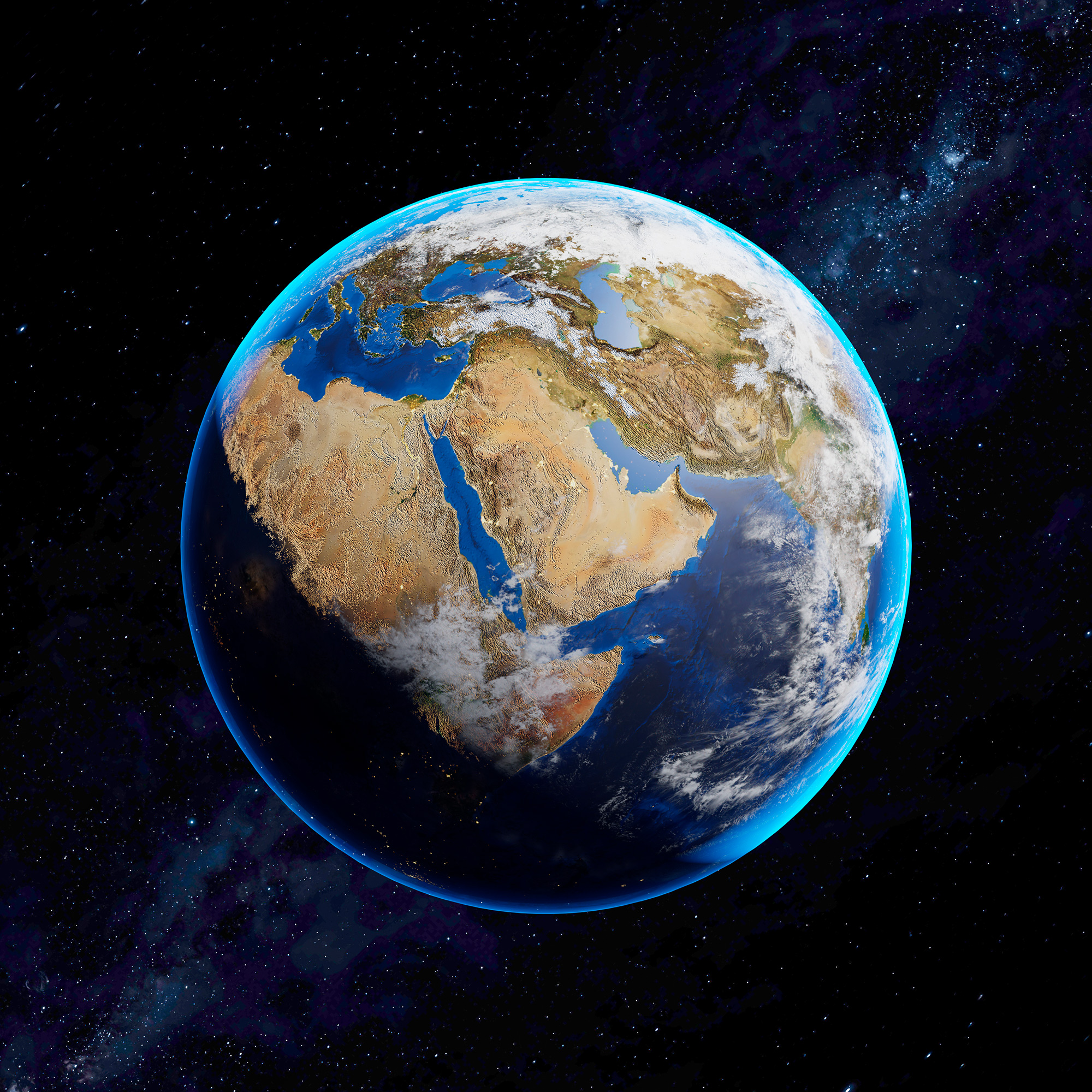

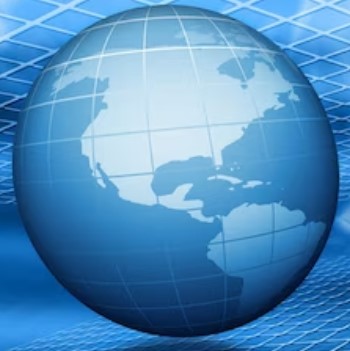
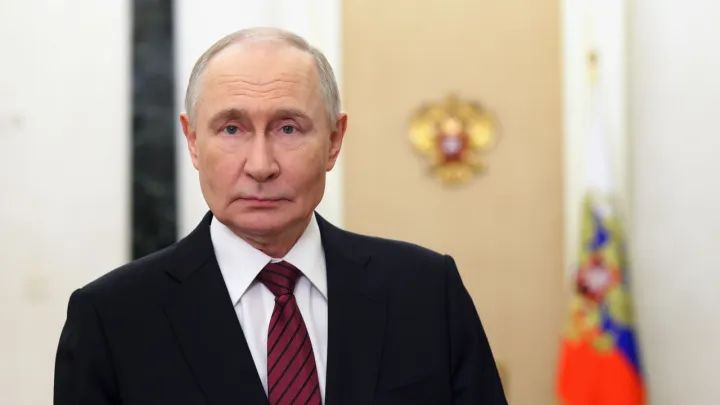
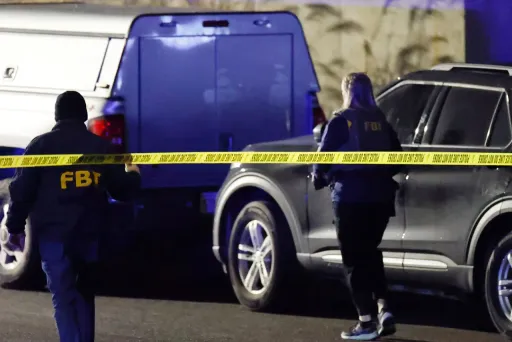
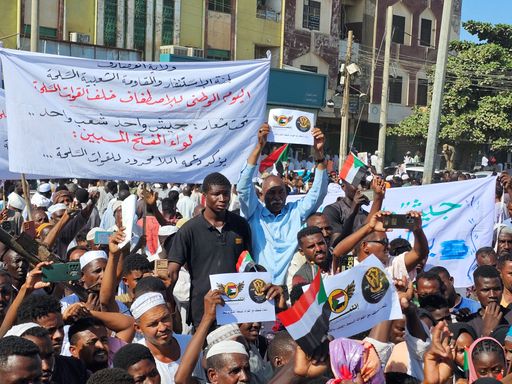
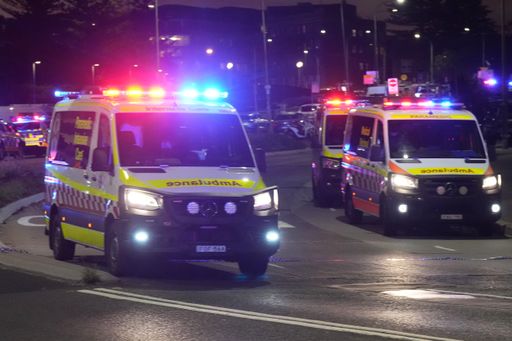


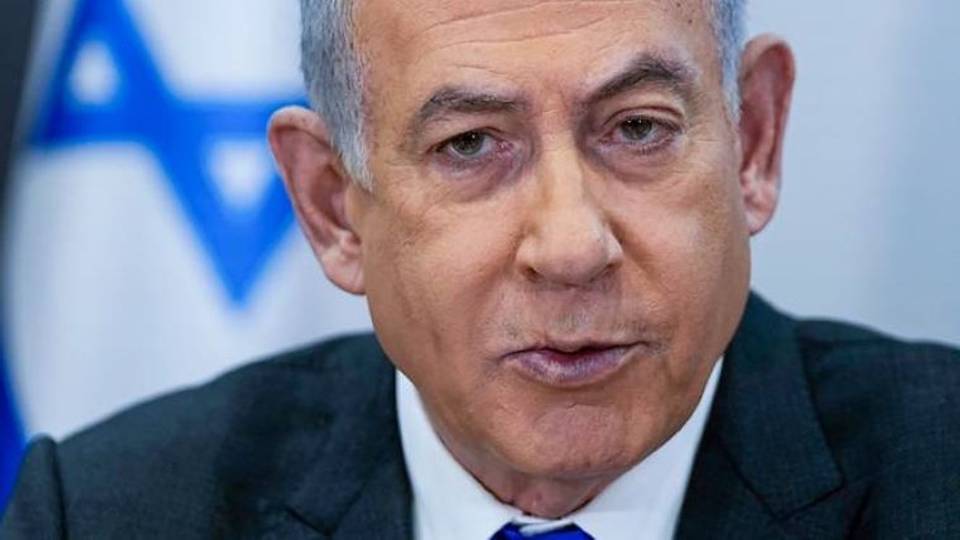
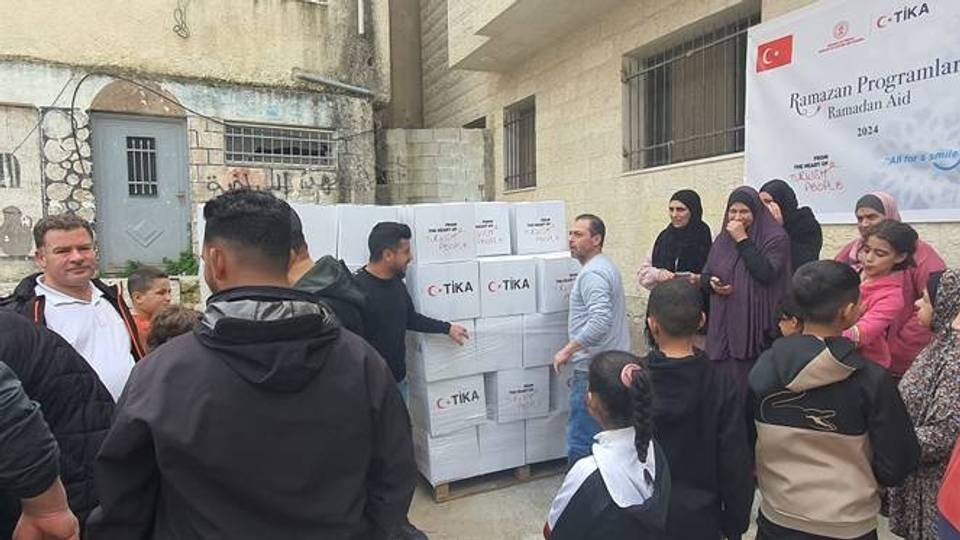
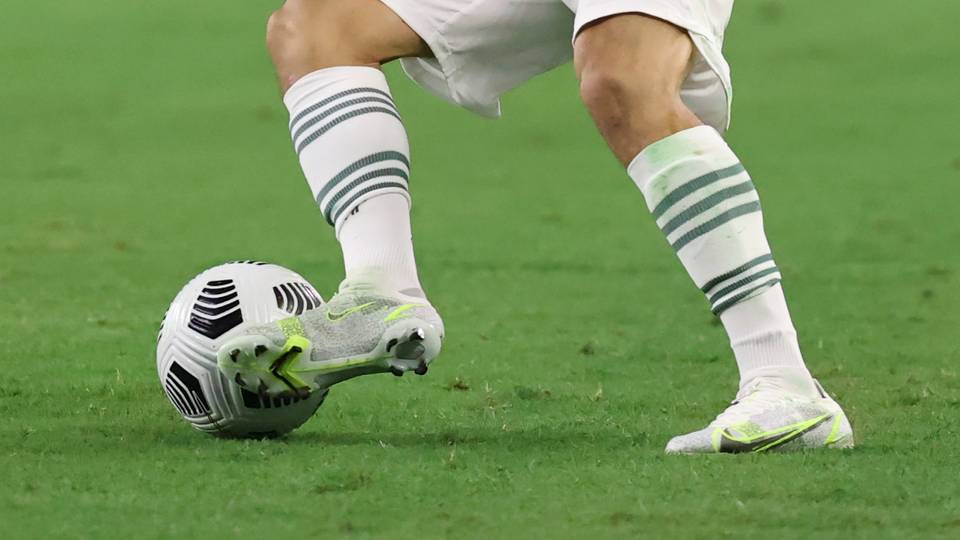
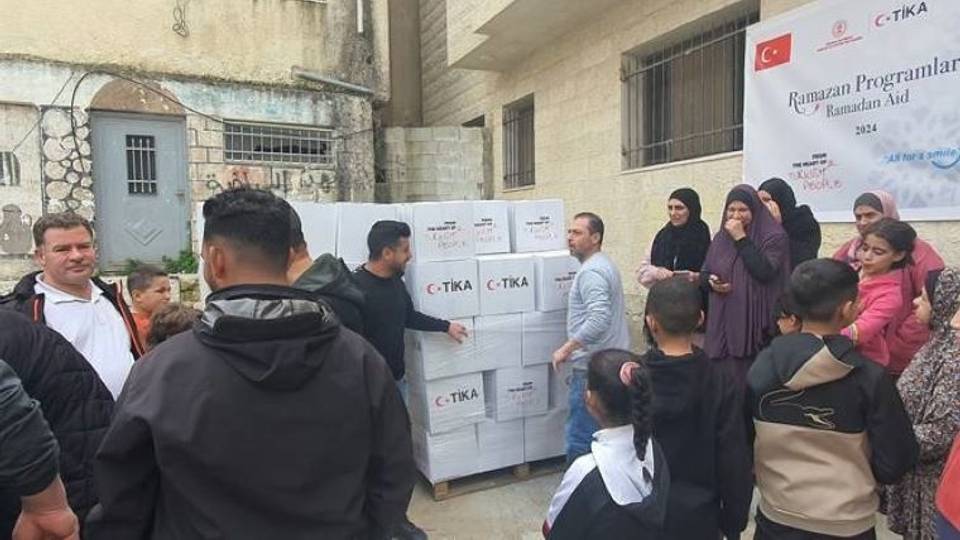


Comment